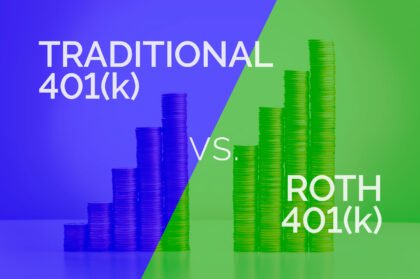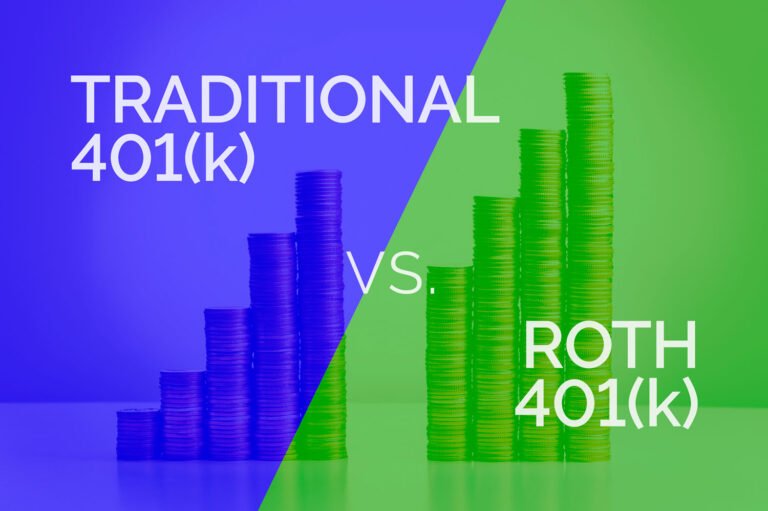As I was sitting down to write a blog post about year-end tax planning, specifically about realizing capital gains and tax-loss harvesting, Michael Kitce’s blog post arrived in my inbox. A friend of NAPFA, Michael has a much more eloquent style of writing about such topics than I ever will. So, rather muddle through the topic, I thought I would highlight a section from his post, with full disclosure that it is his. In addition, we have included a link to the full post if you really want to go deep on year-end tax planning in light of potential Trump tax reform.
So, if you are a client of Addis & Hill, as we wind down the year, we are focusing in on whether some opportunities exist to realize gains or losses in your portfolio. If there are, we will act!
Regardless, we hope this Kitce’s blog post is helpful.
End-Of-Year Capital Gains and Tax Loss Harvesting Under Potential Trump Tax Reform
When it comes to portfolios and the taxation of investments, most of the standard strategies for capital gains planning still apply, regardless of looming tax reform.
Those at top capital gains rates of 23.8% (including the 3.8% Medicare surtax) will still want to harvest losses and defer gains, while those in the bottom tax brackets want to harvest capital gains at the 0% rate.
And capital gains harvesting may remain appealing even in the 15% bracket, if the capital gains are adding up to “too much” in the future, as while President Trump has proposed to repeal the 3.8% Medicare surtax in 2017, his new 20% capital gains bracket would still increase capital gains rates next year for anyone paying 18.8% today. Which means the potential to harvest capital gains this year at 15% to avoid next year’s 20% would be valuable.
On the other hand, it’s probably not worthwhile to harvest at 18.8% capital gains rates just to avoid 20% next year, as the House GOP proposal would slightly decrease the 18.8% rate, down to “just” 16.5%, making the outcome a toss-up.
For those in the top tax brackets, though, it’s especially appealing to push capital gains out next year, when top rates may drop from 23.8% to “just” 20% (Trump) or even 16.5% (House GOP), without the 3.8% net investment income tax.
Full blog post from Michael Kitces

Bill Mayer, CFP ®
BMayer@AddisHill.com

